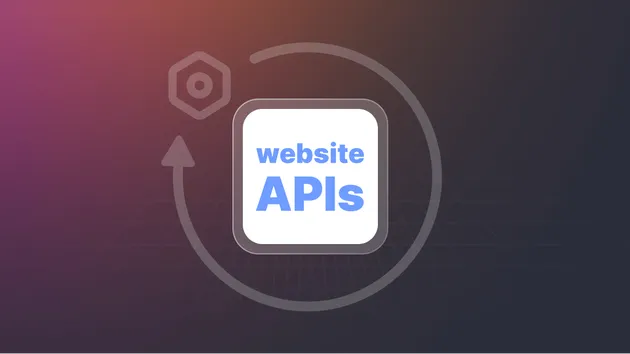Network Linkedin batch Connection requests
Pricing
$20.00/month + usage
Network Linkedin batch Connection requests
SEND / REMOVE / LIST batch of linkedin connection requests. Recommended to call the actor once a day when ADDing. The script has a hard limit of 20 successfull connections requests per run. Linkedin has weekly limits setup (100-200) recommended usage: One run per day with 15-20 automated connection
5.0 (1)
Pricing
$20.00/month + usage
10
Total users
67
Monthly users
13
Runs succeeded
54%
Issues response
0.43 hours
Last modified
12 days ago
You can access the Network Linkedin batch Connection requests programmatically from your own applications by using the Apify API. You can also choose the language preference from below. To use the Apify API, you’ll need an Apify account and your API token, found in Integrations settings in Apify Console.
{ "mcpServers": { "apify": { "command": "npx", "args": [ "mcp-remote", "https://mcp.apify.com/sse?actors=saswave/network-linkedin-batch-connection-requests", "--header", "Authorization: Bearer <YOUR_API_TOKEN>" ] } }}Configure MCP server with Network Linkedin batch Connection requests
You have a few options for interacting with the MCP server:
Use
mcp.apify.comviamcp-remotefrom your local machine to connect and authenticate using OAuth or an API token (as shown in the JSON configuration above).Set up the connection directly in your MCP client UI by providing the URL
https://mcp.apify.com/sse?actors=saswave/network-linkedin-batch-connection-requestsalong with an API token (or use OAuth).Connect to
mcp.apify.comvia Server-Sent Events (SSE), as shown below:
{ "mcpServers": { "apify": { "type": "sse", "url": "https://mcp.apify.com/sse?actors=saswave/network-linkedin-batch-connection-requests", "headers": { "Authorization": "Bearer <YOUR_API_TOKEN>" } } }}You can connect to the Apify MCP Server using clients like Tester MCP Client, or any other MCP client of your choice.
If you want to learn more about our Apify MCP implementation, check out our MCP documentation. To learn more about the Model Context Protocol in general, refer to the official MCP documentation or read our blog post.





